The historic parish of Dyce saw unprecedented growth during the Victorian era expanding from a small, rural village to a vital hub of transport and industry.
Dyce was once a small village in Aberdeenshire with an old school, ancient kirk, inn, and far fewer houses than the sprawling suburb it is today.
Speaking in 1969, one of Dyce’s most established residents reminisced about the village in days of old, before the community grew exponentially in Victorian times.
Mabel Rennie was born at Newton, a dairy farm just a stone’s throw from the village, which by the ’60s had the runway of Aberdeen Airport running right through it.
As a child she walked two miles a day to Stoneywood School and remembered the first crash at Dyce Aerodrome when the airliner ‘Aberdonian’ crashed in 1934.
Just weeks later, the airport opened officially as Dyce Airport, a move the P&J said placed Aberdeen “among the important provincial aviation centres of Great Britain”.
Prior to that, Dyce had become a busy junction for trains heading up the Formartine and Buchan Way, or north to Inverness.
Mabel said the biggest change was housing, and added: “There used to just be a few houses around the Old Inn. The old boathouse was one.”
The old boathouse was a throwback to days when the Aberdeen-Port Elphinstone canal ran partly through Dyce.
At the Old Inn, the horses used for pulling the canal barges would change over.
“The inn had to go in 1936 because of road improvements”, lamented Mabel.
But the present-day Dyce would be less recognisable still for its inhabitants of the early 20th Century.
Where once its primary industries were papermills at Grandholm and Stoneywood, and later Lawson’s meat factory, in more recent times it’s been crucial to oil and gas.
In the last 50 years, the original village has been enveloped by industrial estates and offices.
And although Dyce is no longer a busy railway junction, it’s the Aberdeen bypass that now cuts through surrounding farmland.
But there are still treasures of the historic parish to be found, like the ancient Chapel of St Fergus and its Pictish stones.
While our archives don’t stretch to the 13th Century, we’ve dug out a few snaps of changing Dyce over the last 90 years.
In pictures: Dyce days of the past
If you like this, you might like:
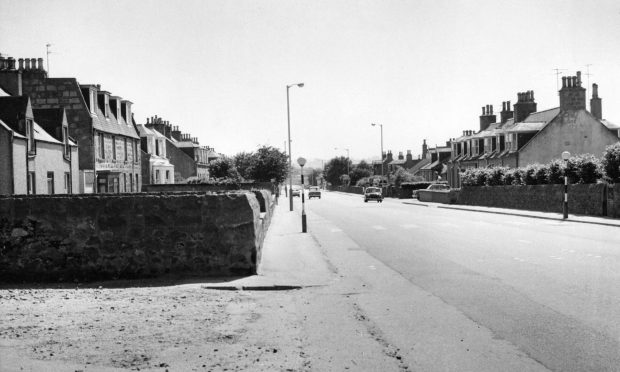
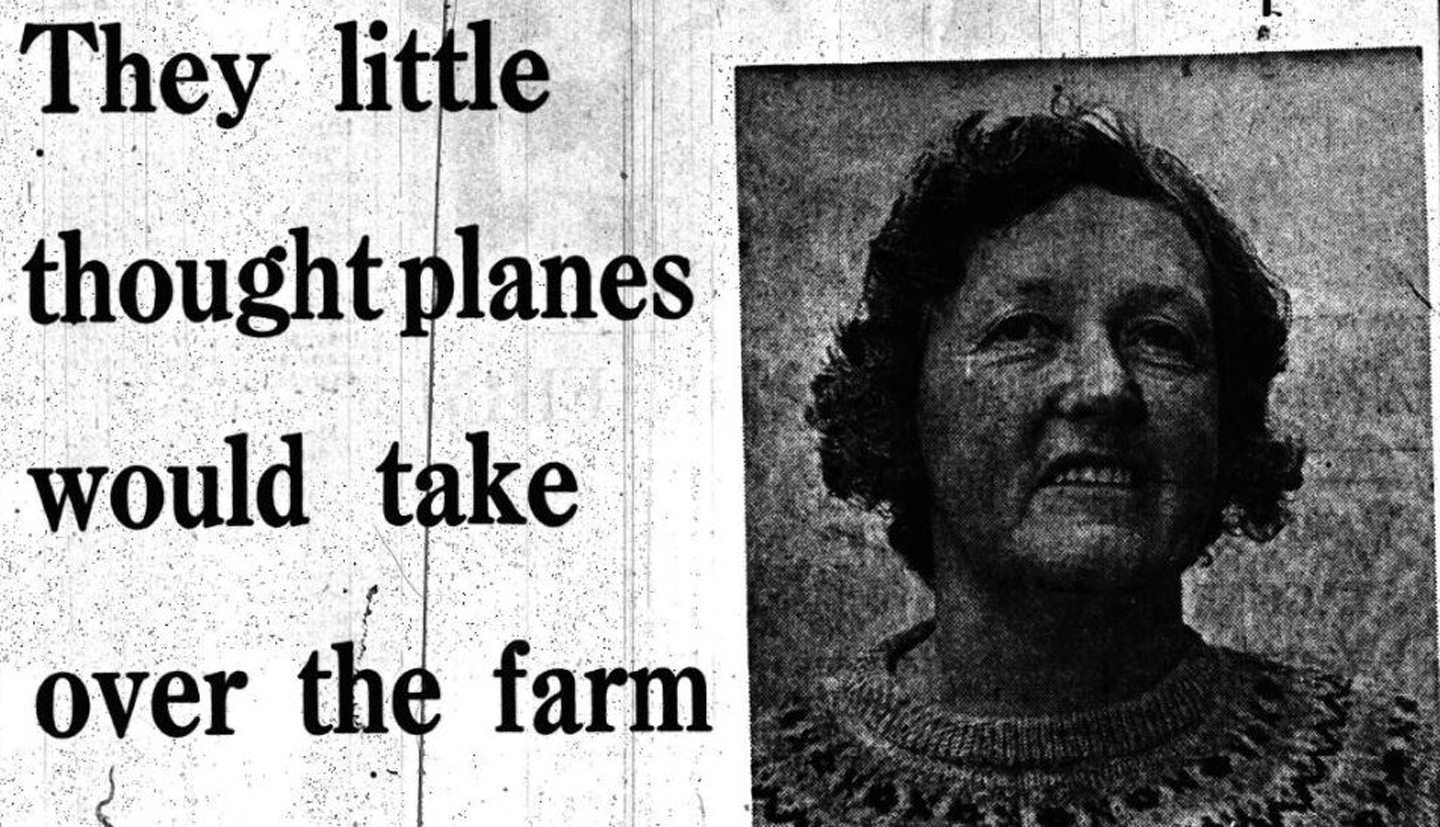
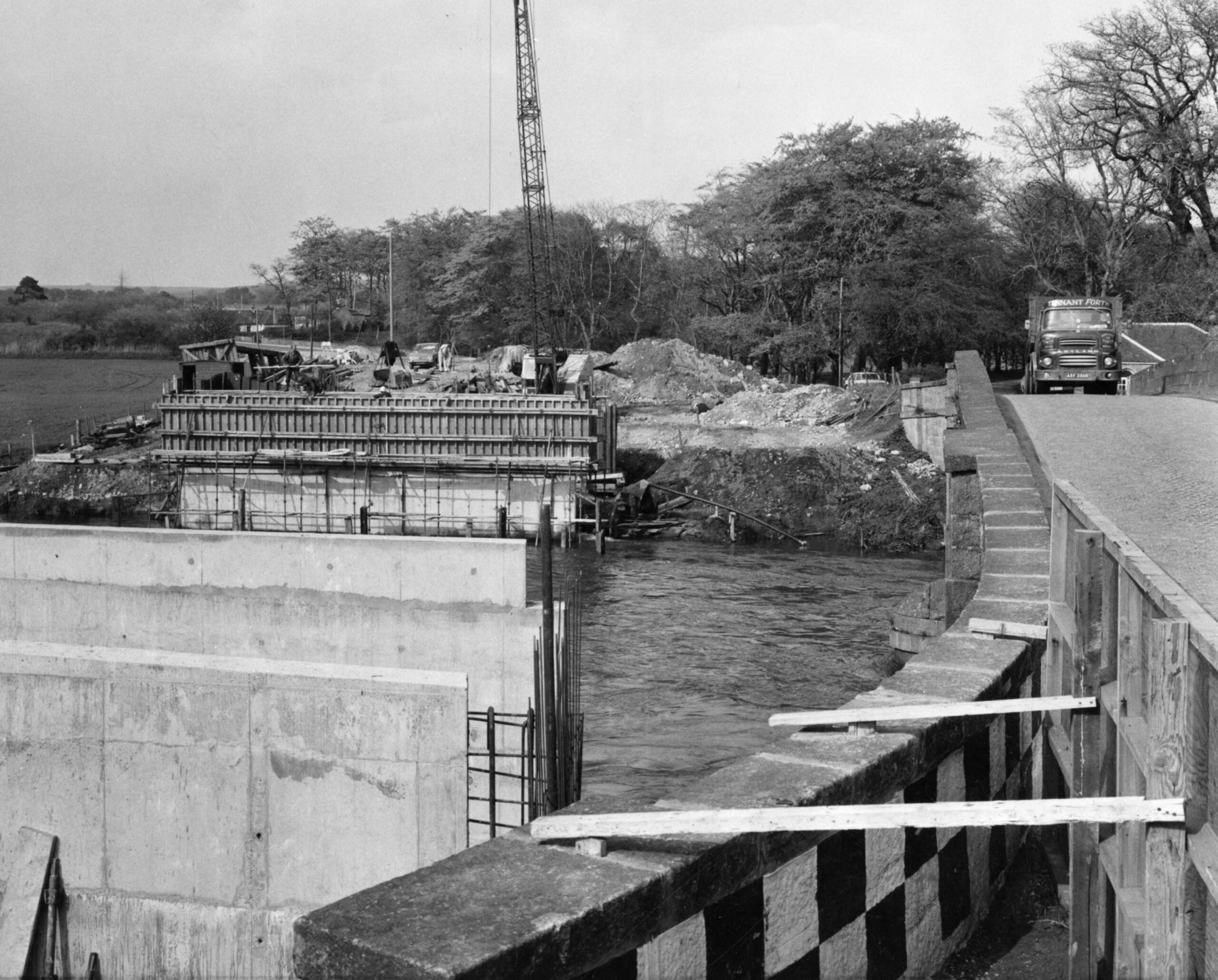



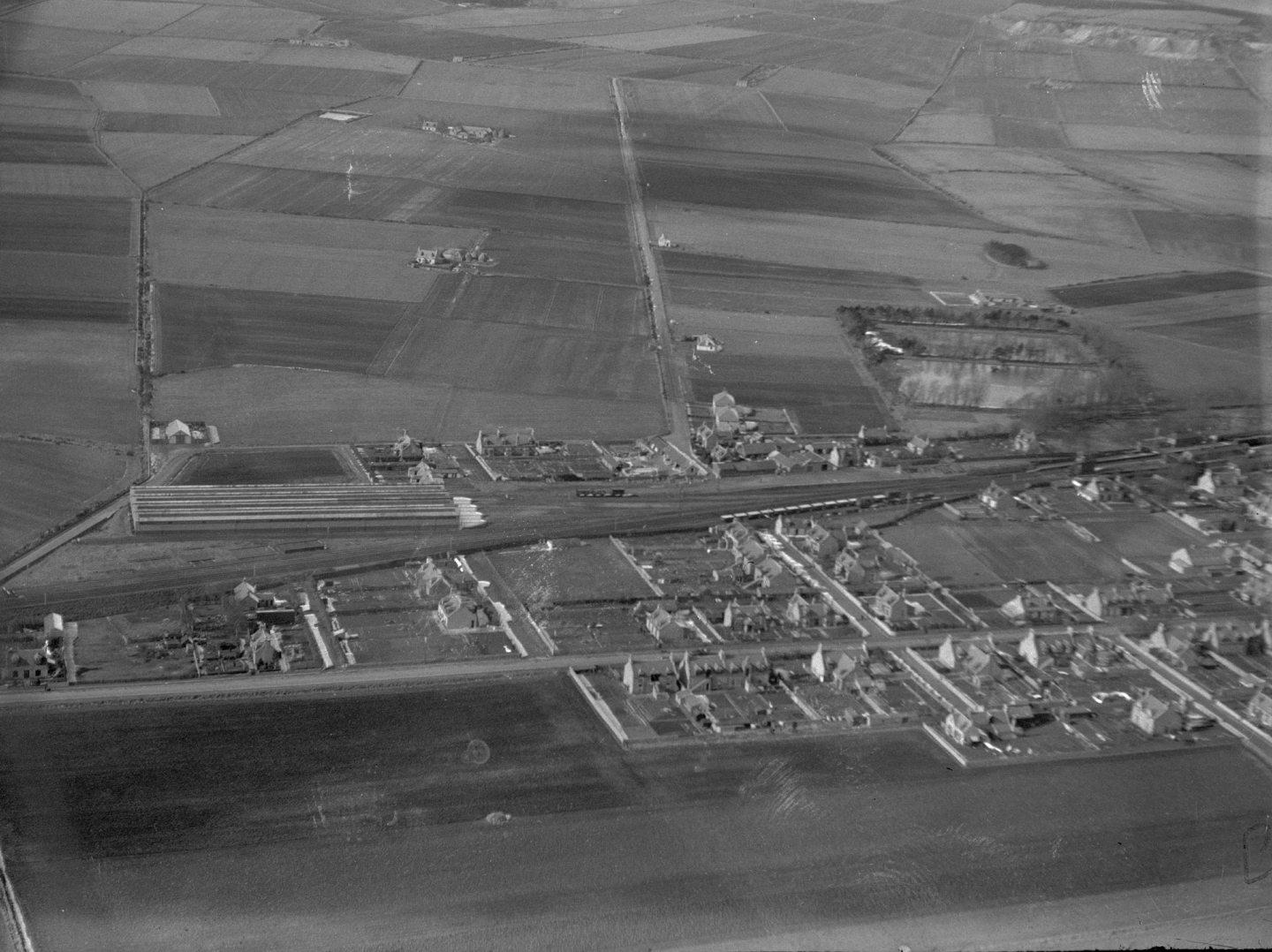
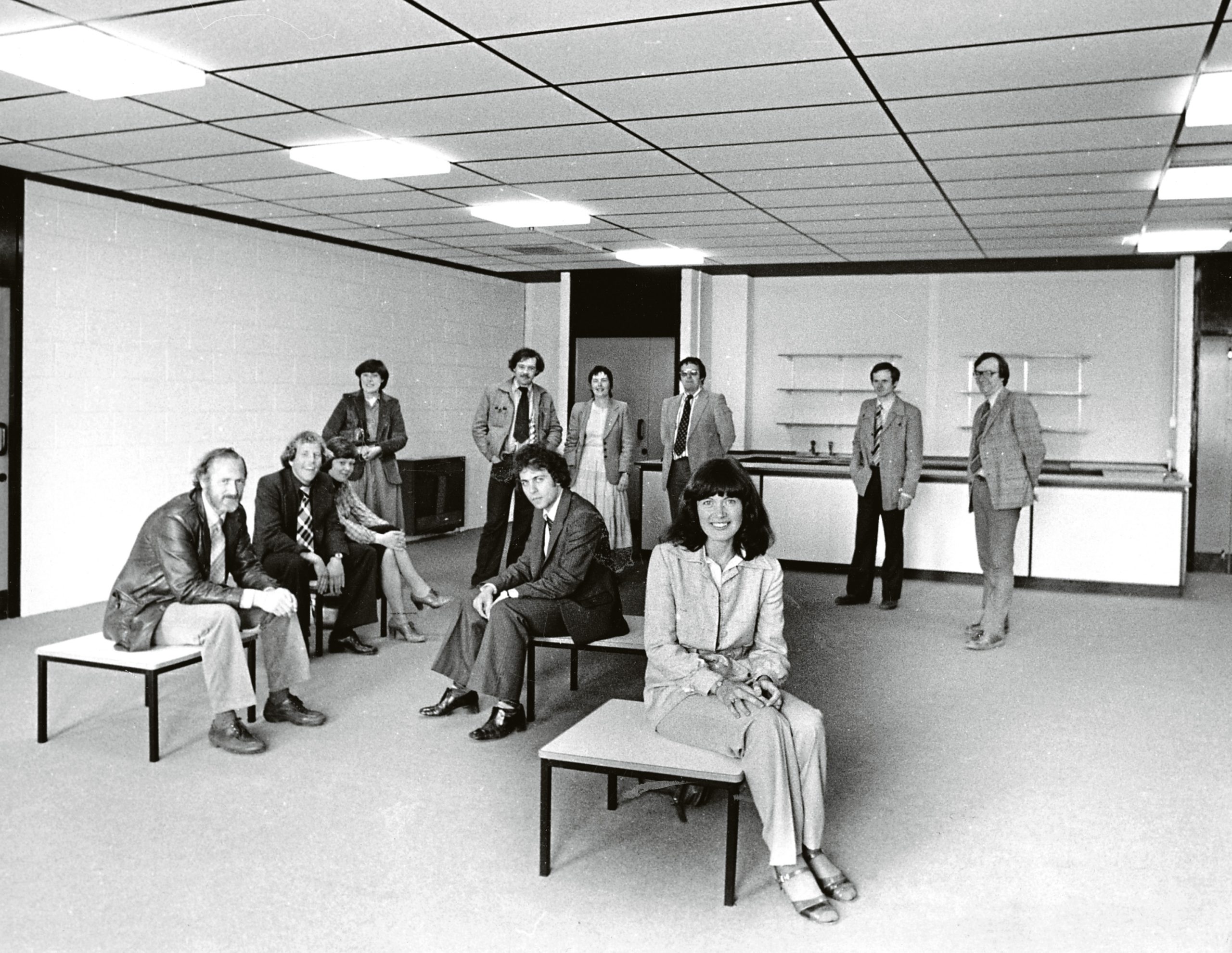
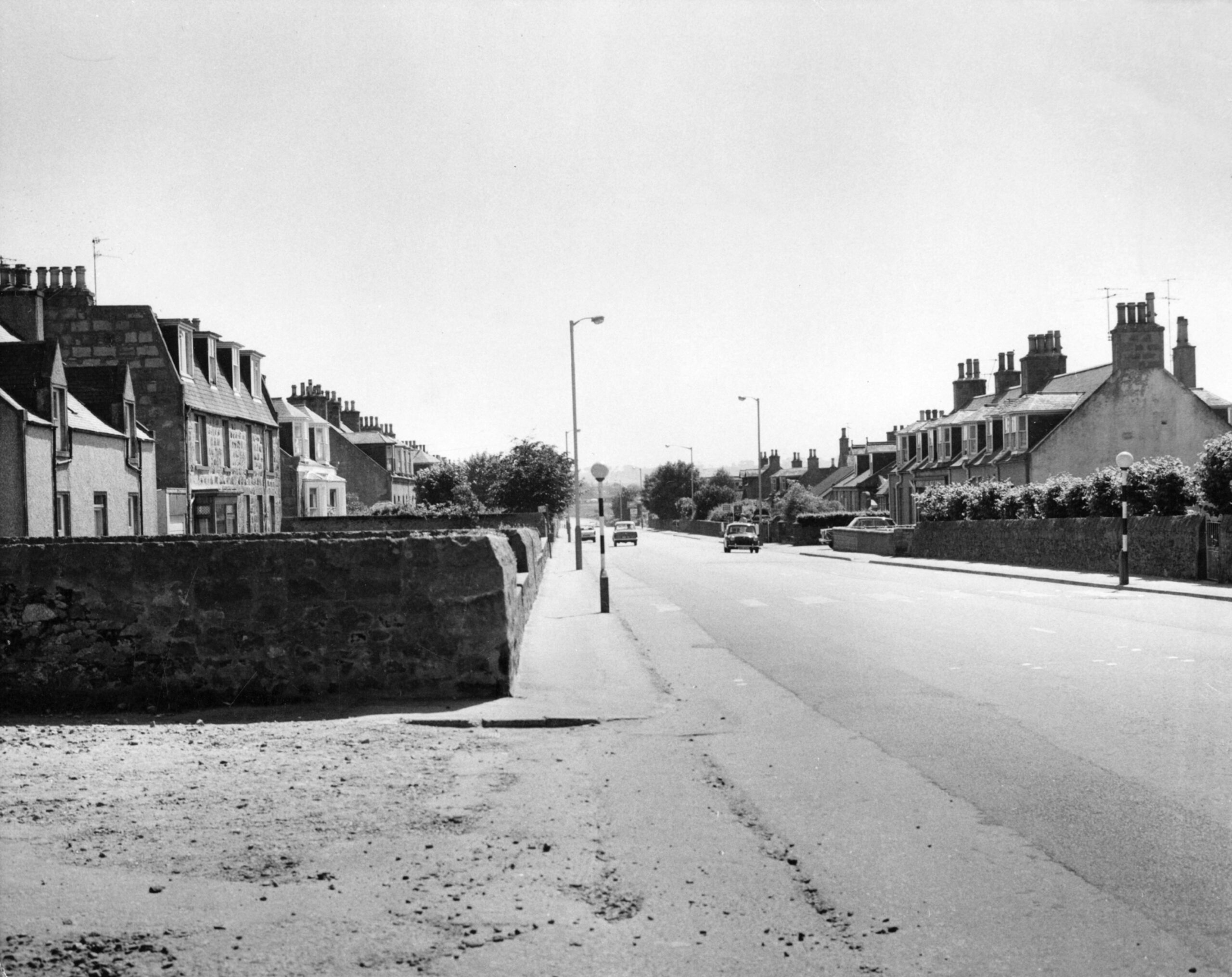

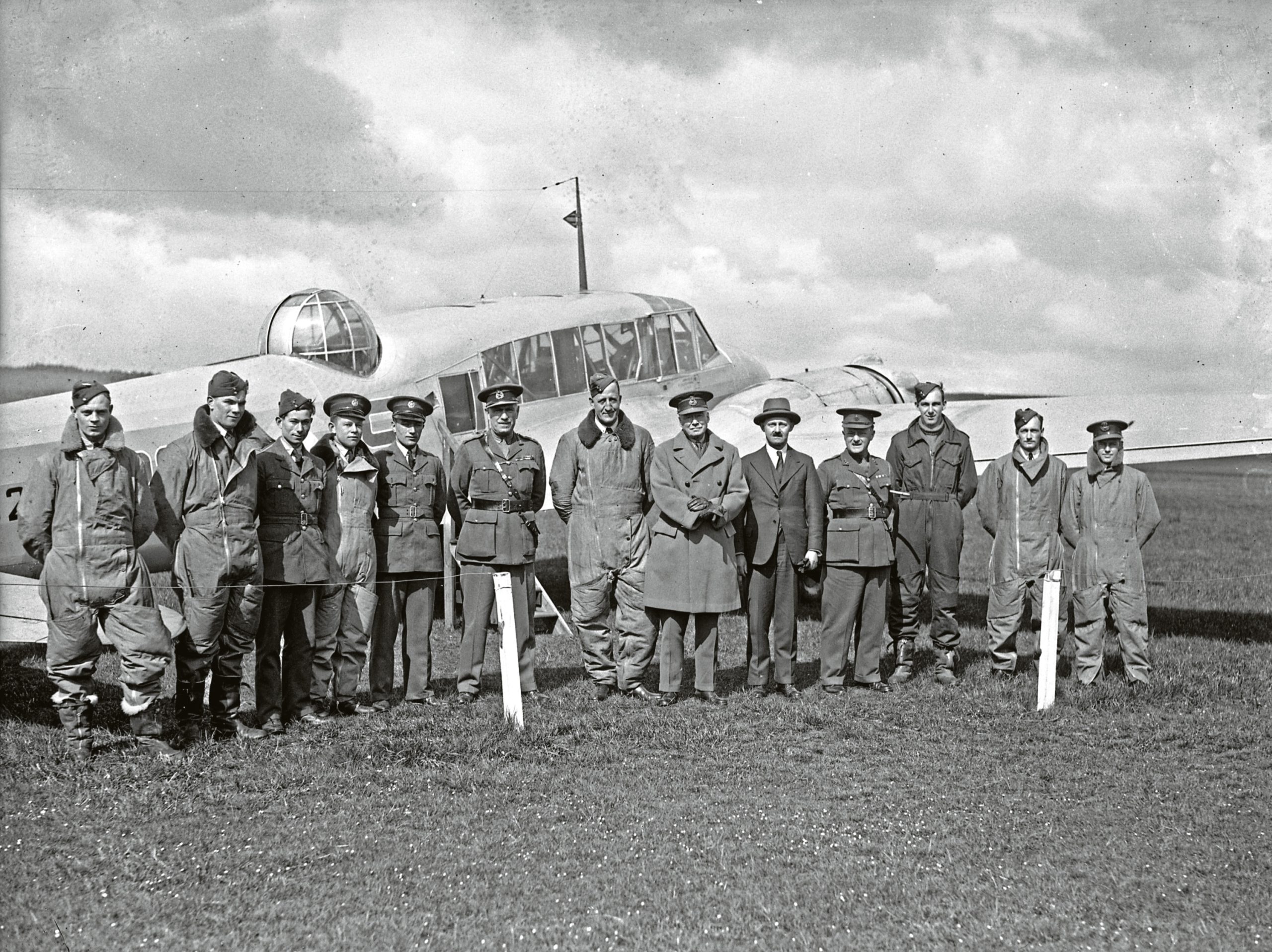
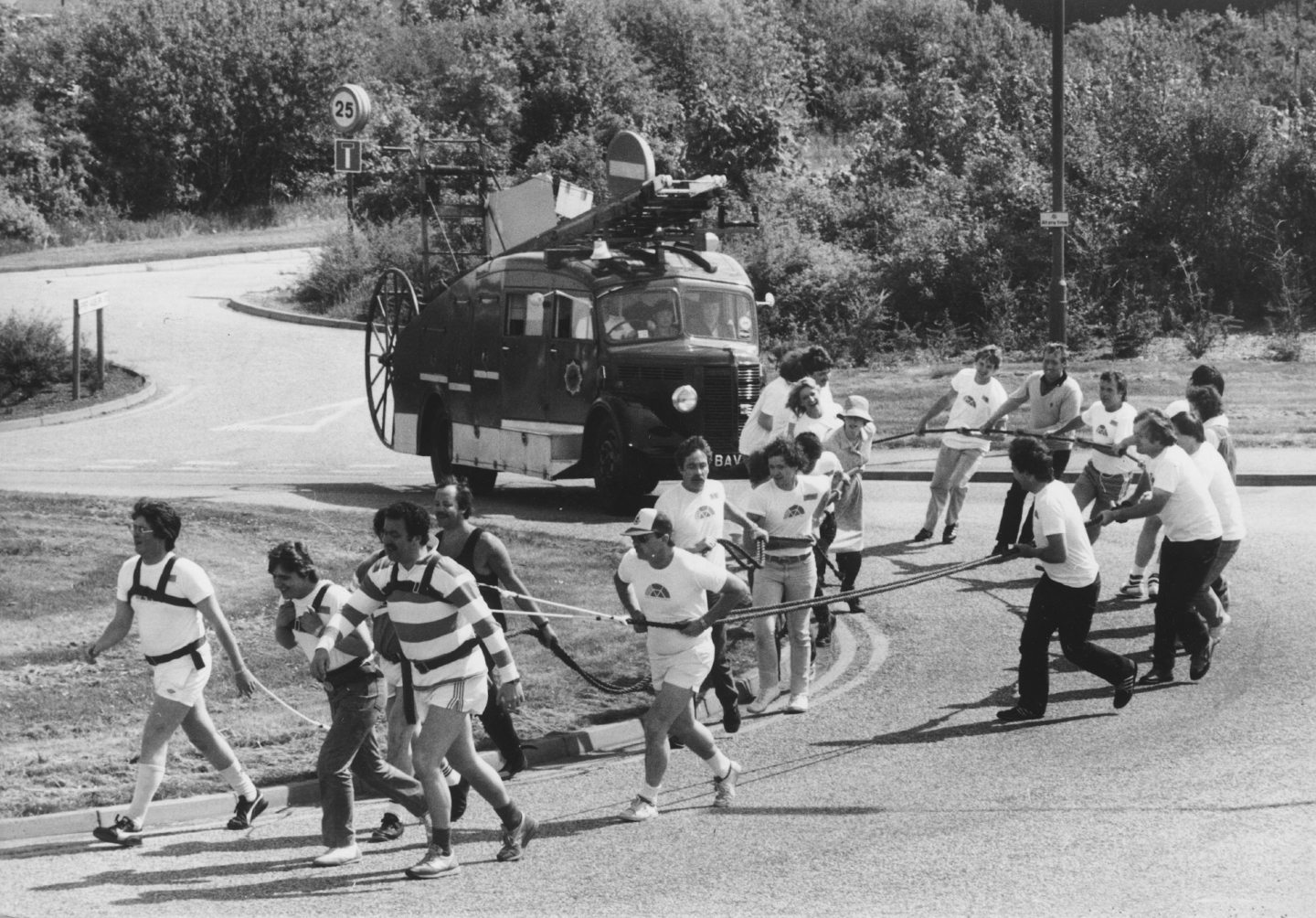
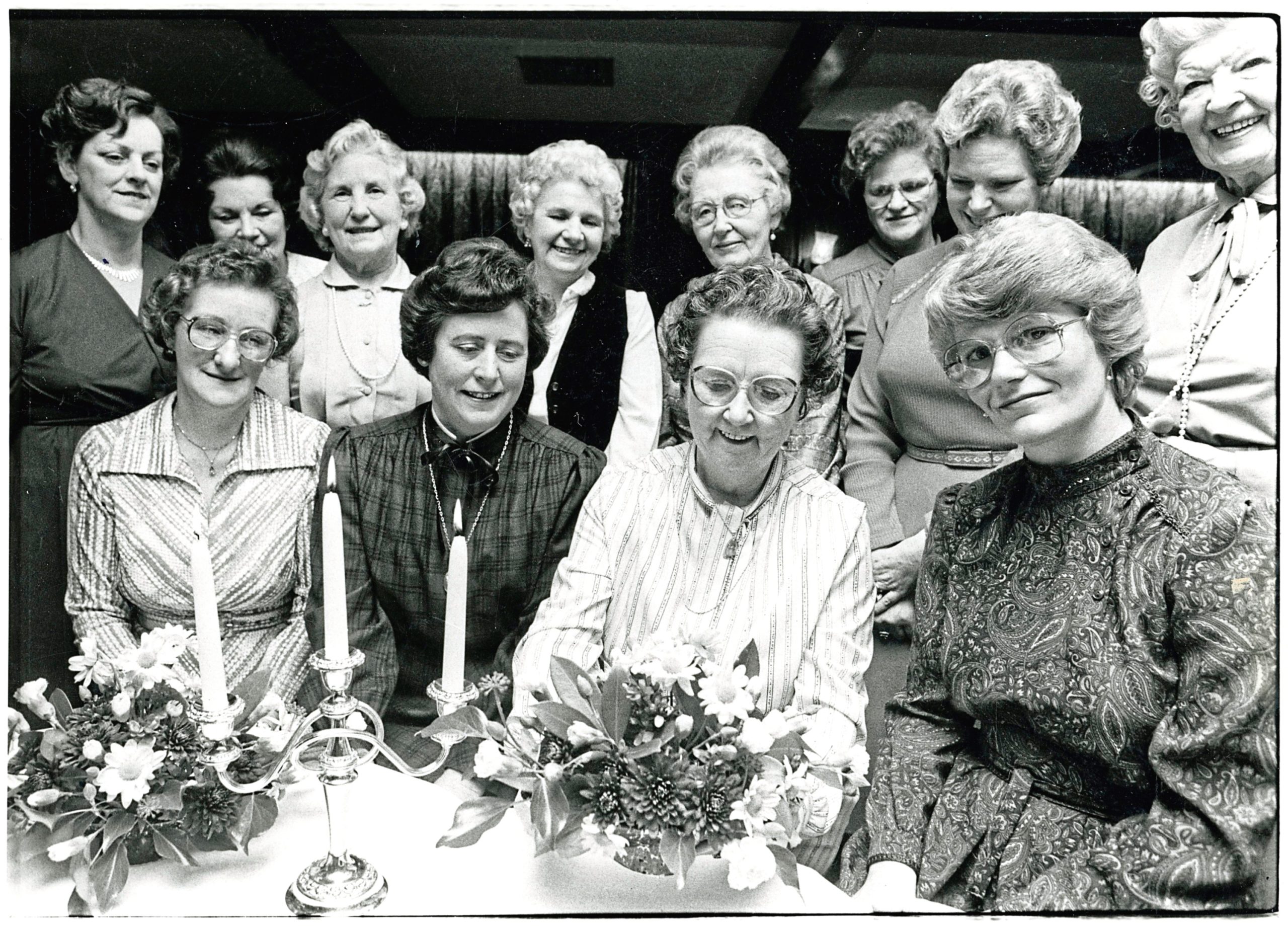
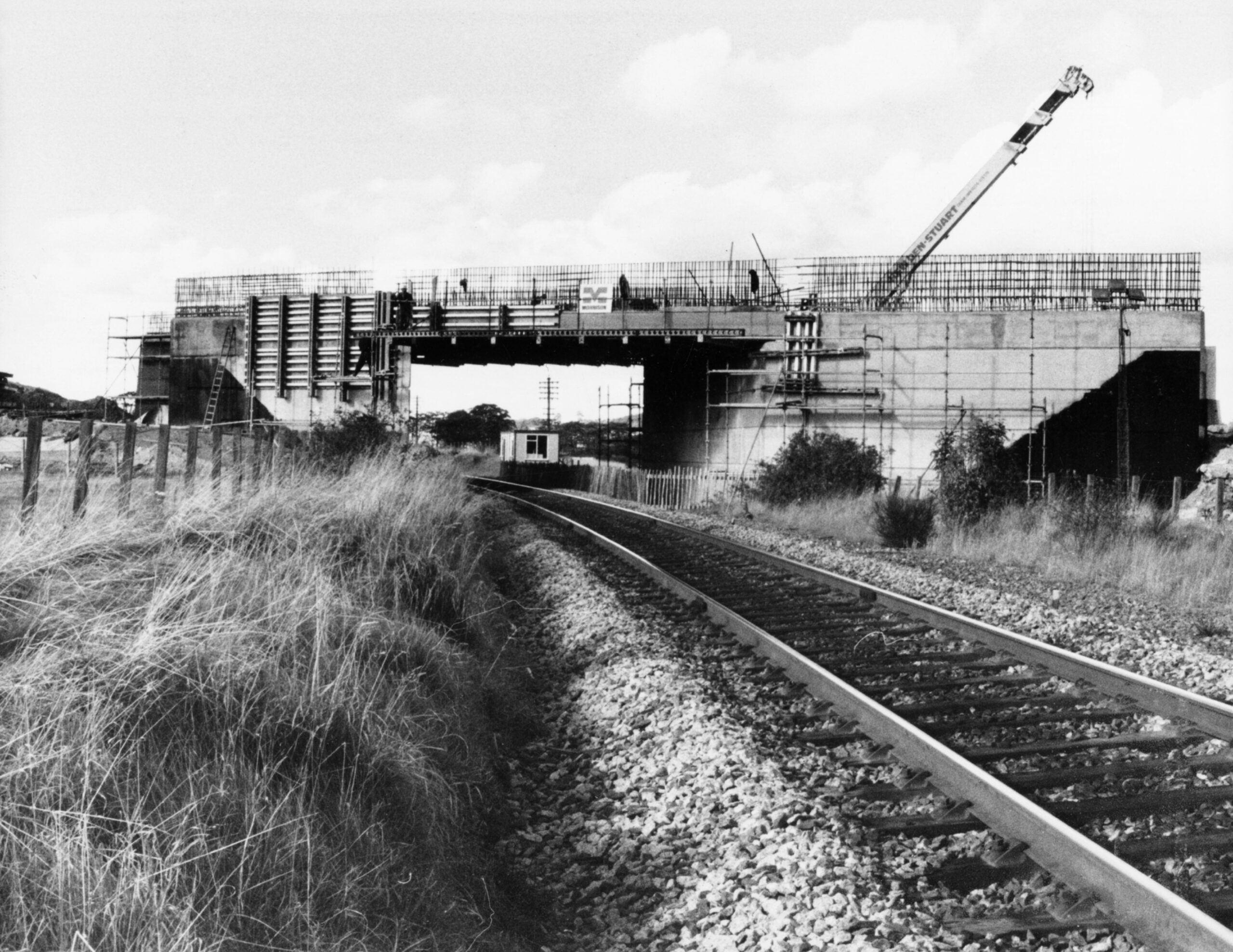
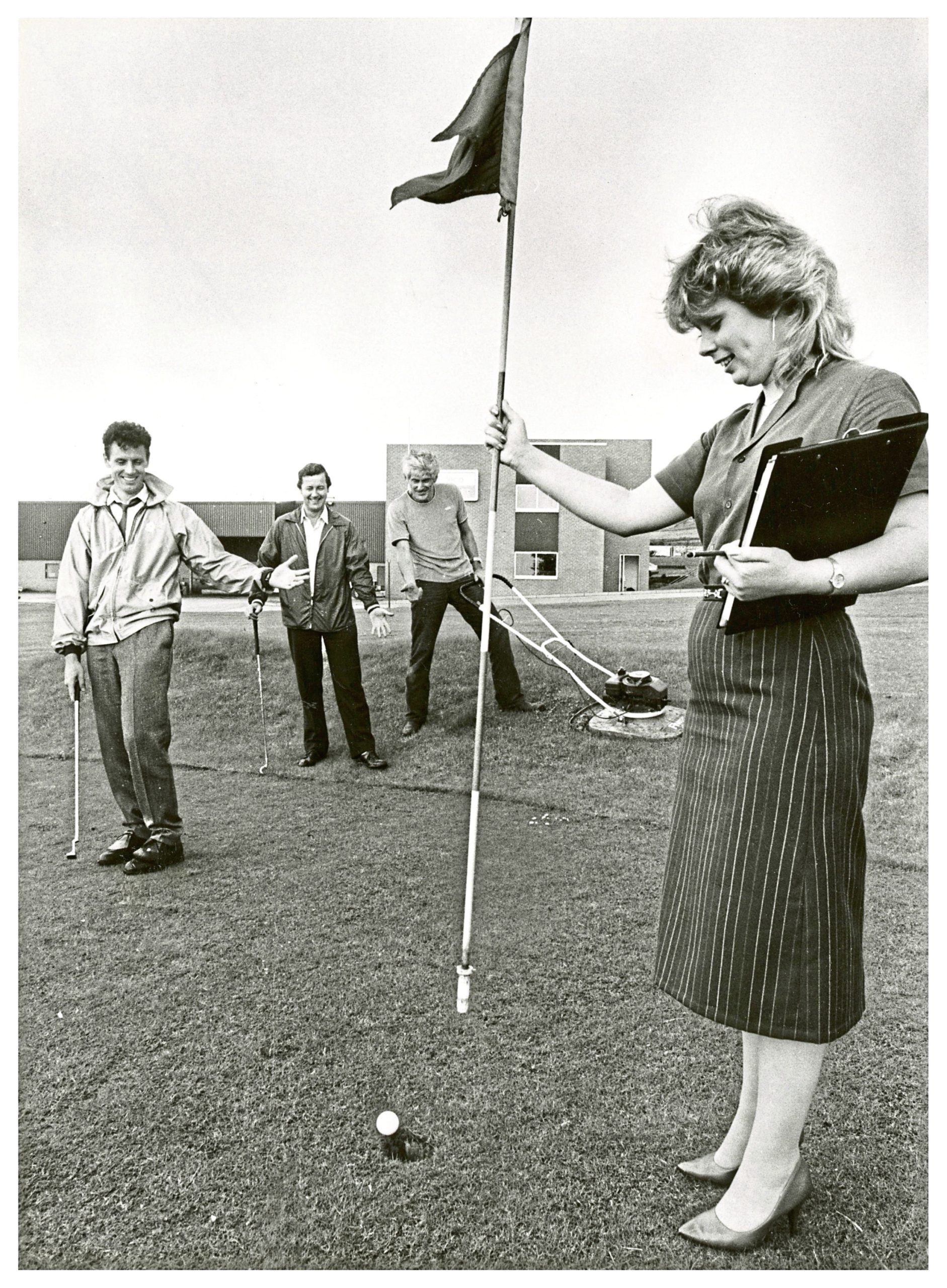
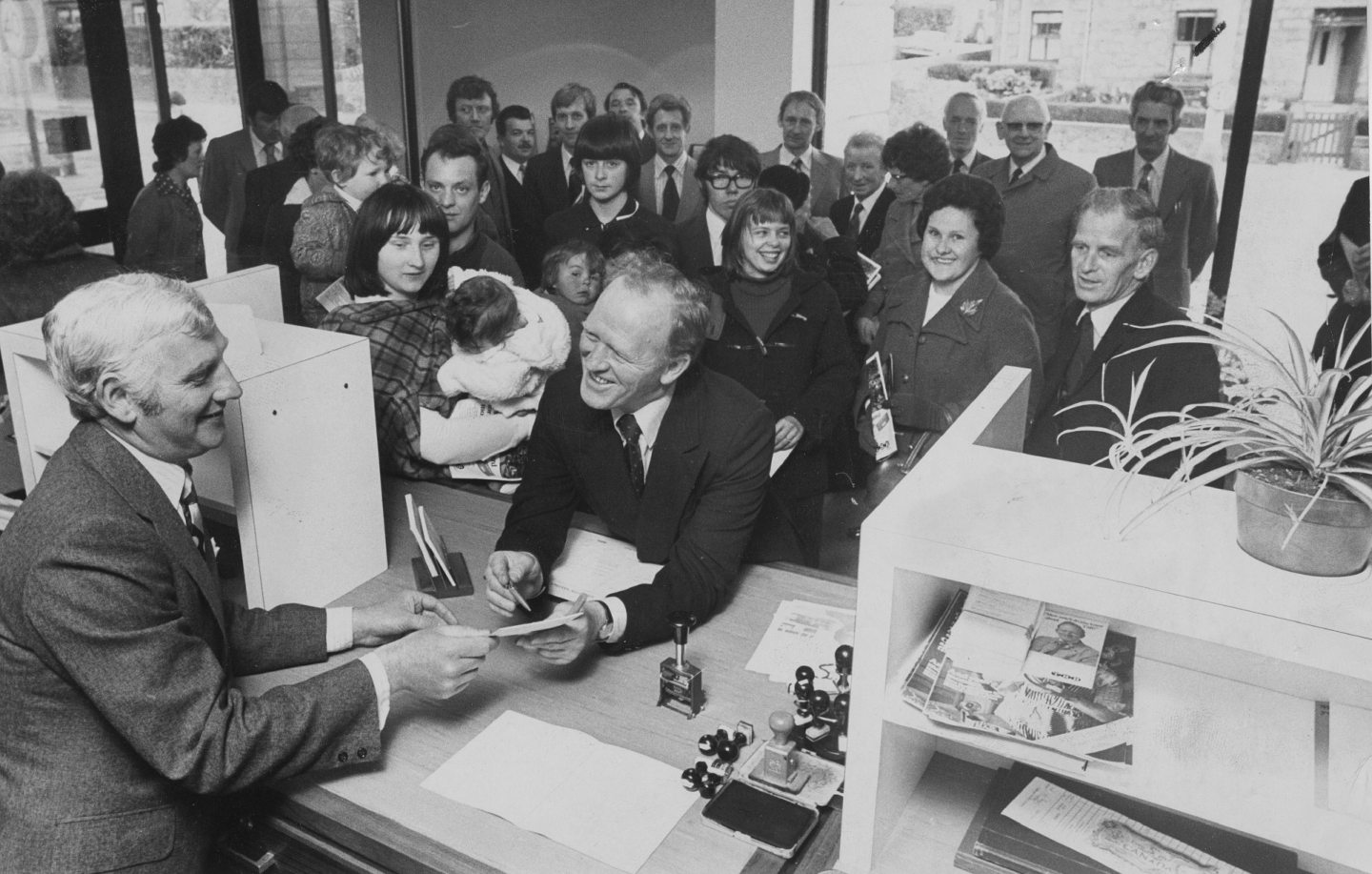
Conversation